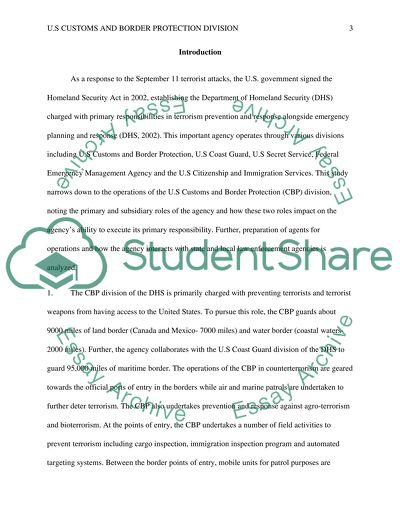Cite this document
(“One Independent Federal Law Enforcement DHS Agency Assignment”, n.d.)
Retrieved de https://studentshare.org/law/1451636-one-independent-federal-law-enforcement-dhs-agency
Retrieved de https://studentshare.org/law/1451636-one-independent-federal-law-enforcement-dhs-agency
(One Independent Federal Law Enforcement DHS Agency Assignment)
https://studentshare.org/law/1451636-one-independent-federal-law-enforcement-dhs-agency.
https://studentshare.org/law/1451636-one-independent-federal-law-enforcement-dhs-agency.
“One Independent Federal Law Enforcement DHS Agency Assignment”, n.d. https://studentshare.org/law/1451636-one-independent-federal-law-enforcement-dhs-agency.


